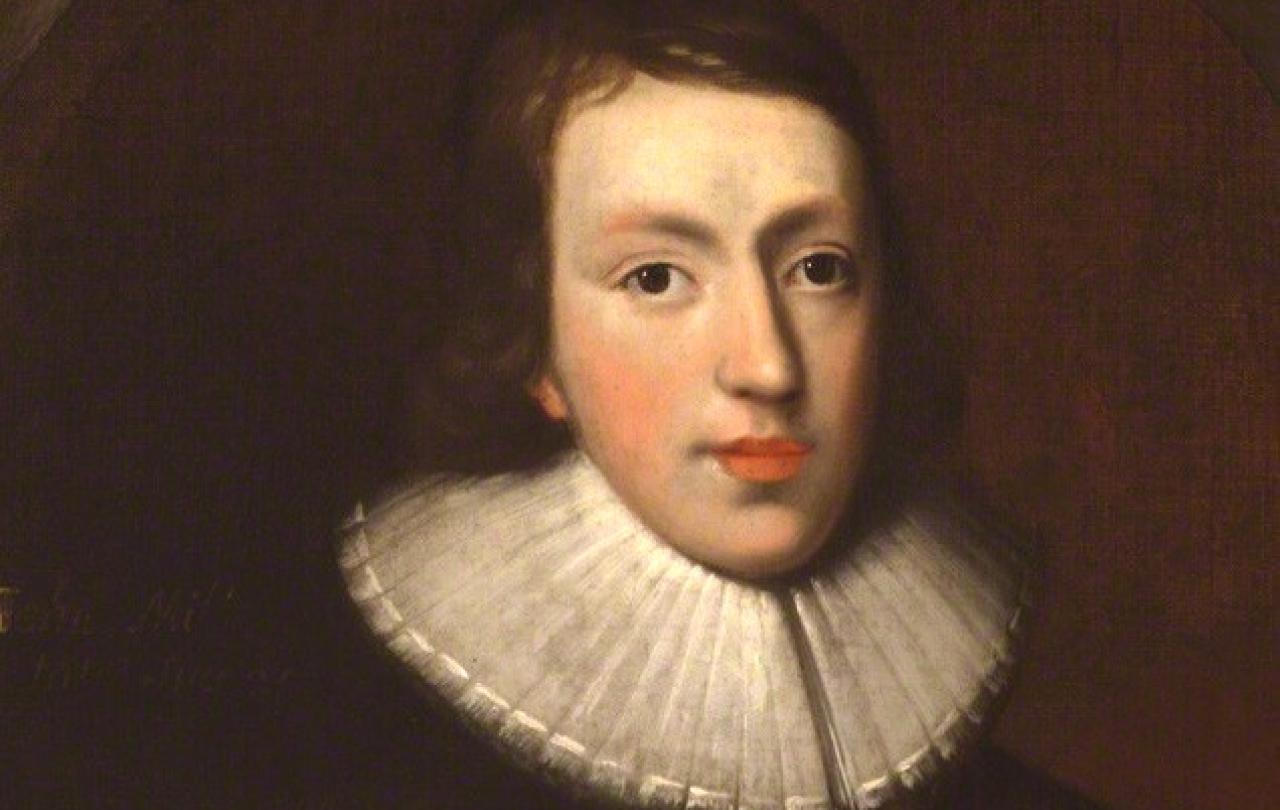
In a world marked by uncertainty and division, what does it mean to believe – in faith, in ourselves, in one another?
Join Dr. Belle Tindall, host of the Seen and Unseen podcast, for a live recording with Lamorna Ash, Chine McDonald, and Francis Spufford. From surviving personal crises to questioning cultural myths and navigating religious tradition, these acclaimed writers explore how belief shapes our identities, communities, and hopes for the future.
This thought-provoking conversation moves between the personal and political, asking: in fractured times, how do we make sense of belief, and where might it lead us next?
Details
Thursday, 3 July 2025 | 19:00 – 20:30
The Norcroft Auditorium, University of Bradford, BD7 1DP





